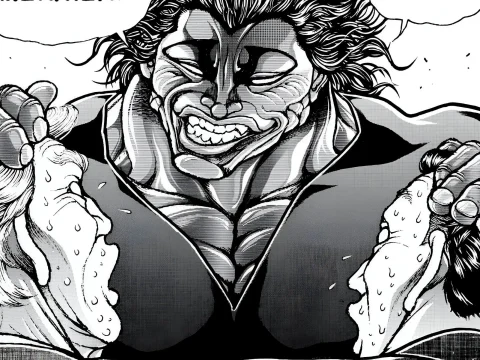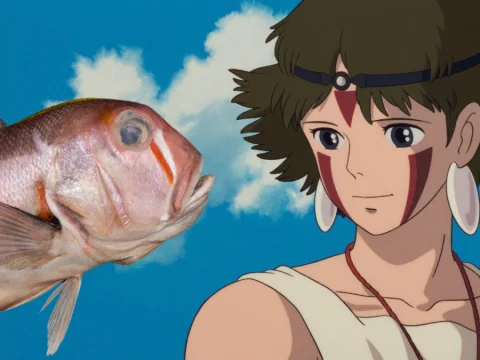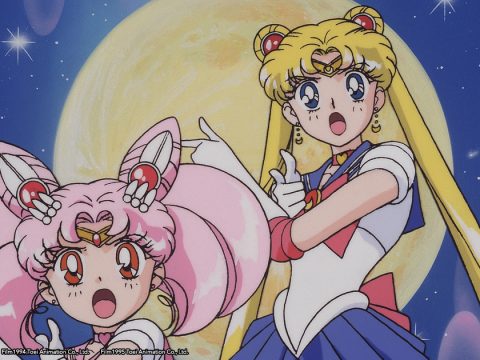
When you think of maids in connection with anime and manga, the first image is probably one of moe characters and otaku fanservice, maybe maid cafes in Akihabara. Emma: A Victorian Romance is a maid series, but it appears to have little in common with these other series—though its cult following among otaku has inspired a decent amount of Victorian maid cosplay and its own themed maid cafe. The 12- episode first season was produced by Studio Pierrot and based off a nine-volume manga by Kaoru Mori (released in the US by CMX if you’re interested.)
 The story of Emma is a fairly familiar one, though that makes it no less well done or enjoyable. The protagonist, Emma, is a maid working in the household of former governess Kelly Stowner. Emma is serious and intelligent, and despite her lower-class status she was taught to read and write. When William Jones, a former student of Mrs. Stowner, drops by one day, he and Emma fall in love at first sight. Unfortunately, William is a member of a rich, well-respected merchant family hoping to marry William into the peerage and gain status as nobility. With such a vast difference in social classes and William’s responsibilities, can he and Emma ever find happiness together?
The story of Emma is a fairly familiar one, though that makes it no less well done or enjoyable. The protagonist, Emma, is a maid working in the household of former governess Kelly Stowner. Emma is serious and intelligent, and despite her lower-class status she was taught to read and write. When William Jones, a former student of Mrs. Stowner, drops by one day, he and Emma fall in love at first sight. Unfortunately, William is a member of a rich, well-respected merchant family hoping to marry William into the peerage and gain status as nobility. With such a vast difference in social classes and William’s responsibilities, can he and Emma ever find happiness together?
Part of what makes Emma stand out from other maid series is its lack of fanservice (not counting the mere presence of maid uniforms and other period clothing) and a much more sedate, “adult” romance than most of the other shows. As the title states, Emma is a Victorian romance, with all the high manners and strait-laced characters it suggests. The characters are also a bit older than your typical middle school- to high school-aged protagonists in moe and fanservice shows, and at least a bit more mature.
 The other big factor for Emma’s distinction, not just from maid shows but from other series that deal with Victorian England, is its realism. The series is somewhat idealized, but Kaoru Mori is a self-professed Anglophile and has historical interests, so she worked very hard at replicating Victorian life in detail. The environments and costumes are superbly designed, and if the history isn’t completely perfect and some of the nastier aspects of Victorian life aren’t presented in gory detail, it’s as much as one can possibly ask for in a piece of entertainment rather than a history book. It especially stands out in comparison to other anime and manga dealing with the time period, as they generally involve some fantasy or science fiction elements rather than taking a purely historical focus. The relationship between William and Emma is also rather more realistic than usual; I don’t want to spoil too much, but this isn’t a show for folks who want nothing but sunshine and rainbows “love conquers all” tales.
The other big factor for Emma’s distinction, not just from maid shows but from other series that deal with Victorian England, is its realism. The series is somewhat idealized, but Kaoru Mori is a self-professed Anglophile and has historical interests, so she worked very hard at replicating Victorian life in detail. The environments and costumes are superbly designed, and if the history isn’t completely perfect and some of the nastier aspects of Victorian life aren’t presented in gory detail, it’s as much as one can possibly ask for in a piece of entertainment rather than a history book. It especially stands out in comparison to other anime and manga dealing with the time period, as they generally involve some fantasy or science fiction elements rather than taking a purely historical focus. The relationship between William and Emma is also rather more realistic than usual; I don’t want to spoil too much, but this isn’t a show for folks who want nothing but sunshine and rainbows “love conquers all” tales.
The release for this series is probably perfect. This isn’t the type of show for a very large audience, so the first season is released in its entirety and with no English dub, keeping costs down and making the release much cheaper and more accessible. Thankfully, though, the release isn’t just thrown out: the series is released in anamorphic widescreen, and it also comes with a 96-page “Victorian Gazette” that contains historical information and extra content from Kaoru Mori (collecting all the booklets from the limited-edition Japanese release). If you’re into well-done romance and detailed historical series, or at least willing to take a chance on such things, there’s really no way you can go wrong with this release. Here’s hoping it finds its following here.
Studio/Company: Right Stuff/Nozomi Entertainment
Available: June 2008
Rating: 13+
[Excerpted from the June 2008 issue of Otaku USA Magazine.]







